Construction demolition waste spontaneously combusted at the Vancouver landfill in Delta, but the fire is now under control and being monitored in case it flares up again.
Building Materials
Construction demolition waste spontaneously combusted at the Vancouver landfill in Delta, but the fire is now under control and being monitored in case it flares up again.
“We don’t know for sure if the fire is out, because it is subsurface and has been covered up,” said Lynn Belanger, manager of transfer and landfill operations, with the City of Vancouver.
“The fire started in an area we are re-contouring to meet an approved closure plan. We are using soil and demolition material, which is being put in layers and covered with soil.”
She said the fire started in an area of the landfill called the western 40-hectare section. This area of the landfill was used for garbage starting in 1966, when the landfill opened, until the late 1970s.
This part of the landfill is no longer able to accept garbage under the operational certificate, but it does get demolition waste in accordance with an approved closure plan.
The main aim of the plan is to regrade and to prepare the land so it could have a variety of uses in the future.
“The specifications say that demolition material is mainly wood waste and should be a minimum of 80 per cent wood,” said Belanger.
“All hazardous waste, such as Gyproc, are prohibited.”
The fire was first noticed on Jan. 19 and flared up a few more times, but was doused each time with the help of the Delta Fire Department and a landfill fire consultant.
Eventually, a large plume of smoke was noticed coming from a sinkhole on Feb 1.
“A crew discovered a sinkhole, which indicated underground subsidence. Then we saw plumes of smoke,” she said.
Belanger said the fire started by spontaneous combustion, which was caused by the decomposing wood.
“Heat is generated in the course of decomposition, as well as methane,” she explained.
“If that methane comes into contact with the air, it can spontaneously combust.”
Delta firefighters worked with Vancouver firefighters, engineers and other municipal employees to fight the fire.
Initially, their efforts focused on excavating the area to find the fire and see how deep below the surface it was.
They found the fire after digging down six to seven metres and the material that was dug up was divided into hot and cold pads. The hotter material was then doused with water and a lot of water was poured into the hole.
“We have finished the extinguishing plan and are monitoring that area for carbon monoxide and temperature,” said Belanger.
“So far all the data is looking good.”
However, it may take several weeks before the fire is completely extinguished.


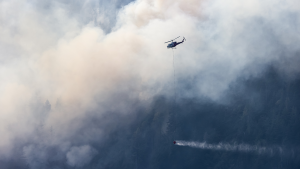

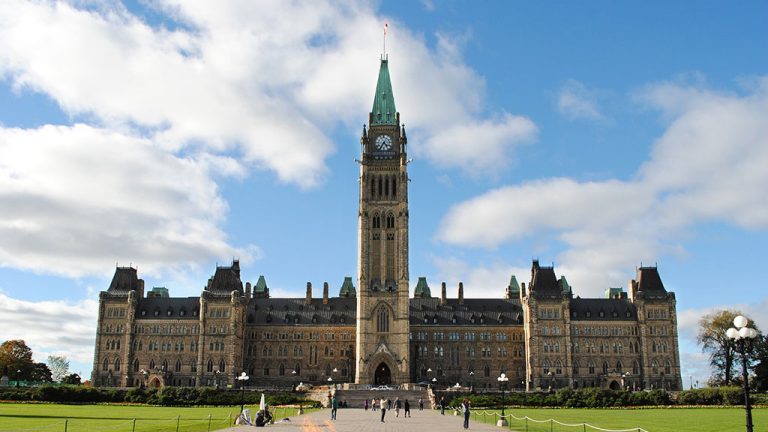

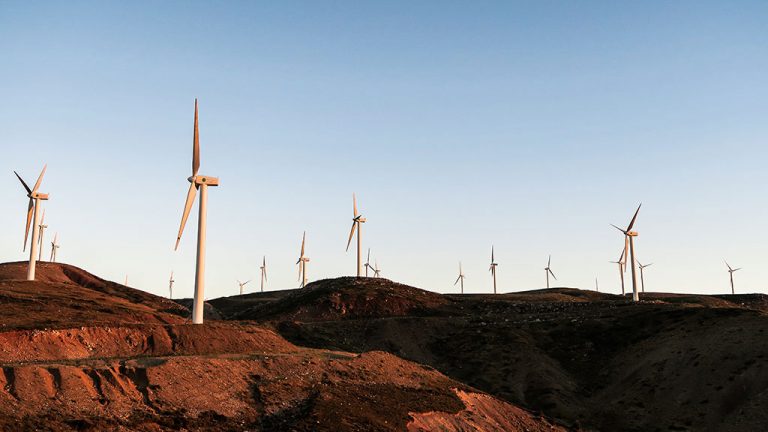
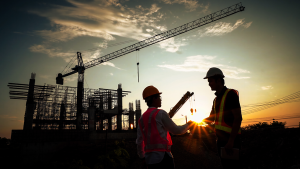
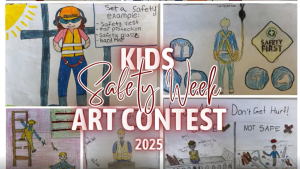
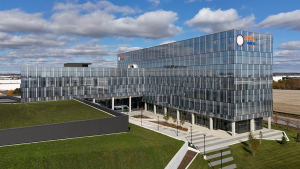
Recent Comments
comments for this post are closed